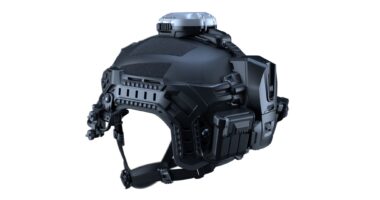As aerial missions grow more complex and demanding, military avionics have become critical to ensure precision, reliability, and operational success.
In response, Europe has launched a 30-million-euro ($32.5-million) initiative to develop a new generation of modular avionics for modern military airborne operations.
At the center of this effort is NG MIMA (Next-Generation Military Integrated Modular Avionics), a project bringing together over 20 companies, universities, and research institutions across Europe — led by Spanish defense giant Indra.
The goal? To completely shake up military avionics by pioneering new architectural principles and advancing key technologies for the most challenging missions.
At the heart of the project, the Indra-led consortium will create a scalable avionics architecture designed to integrate seamlessly across various European military platforms.
Indra envisions the initiative as the first step toward a future European avionics standard, which would “strengthen the interoperability of allied European armies.”
Challenges Ahead
The next-generation military avionics must support greater data sharing and processing to meet the demands of modern warfare.
It must also provide unmatched flexibility, allowing both manned and unmanned platforms to adapt to emerging threats.
Equally important, the system needs to be highly interoperable, ensuring seamless multi-domain operations between allied forces.
For the Indra-led consortium, the challenge is clear: design an avionics architecture flexible enough to integrate cutting-edge technologies yet to hit the market.
On top of that, they must ensure the cutting-edge solution meets the rigorous cybersecurity standards required for modern warfare.
“The continent’s largest companies and best researchers will work on it for three years, applying all their knowledge of cloud, computing, and cybersecurity,” Indra stated.









